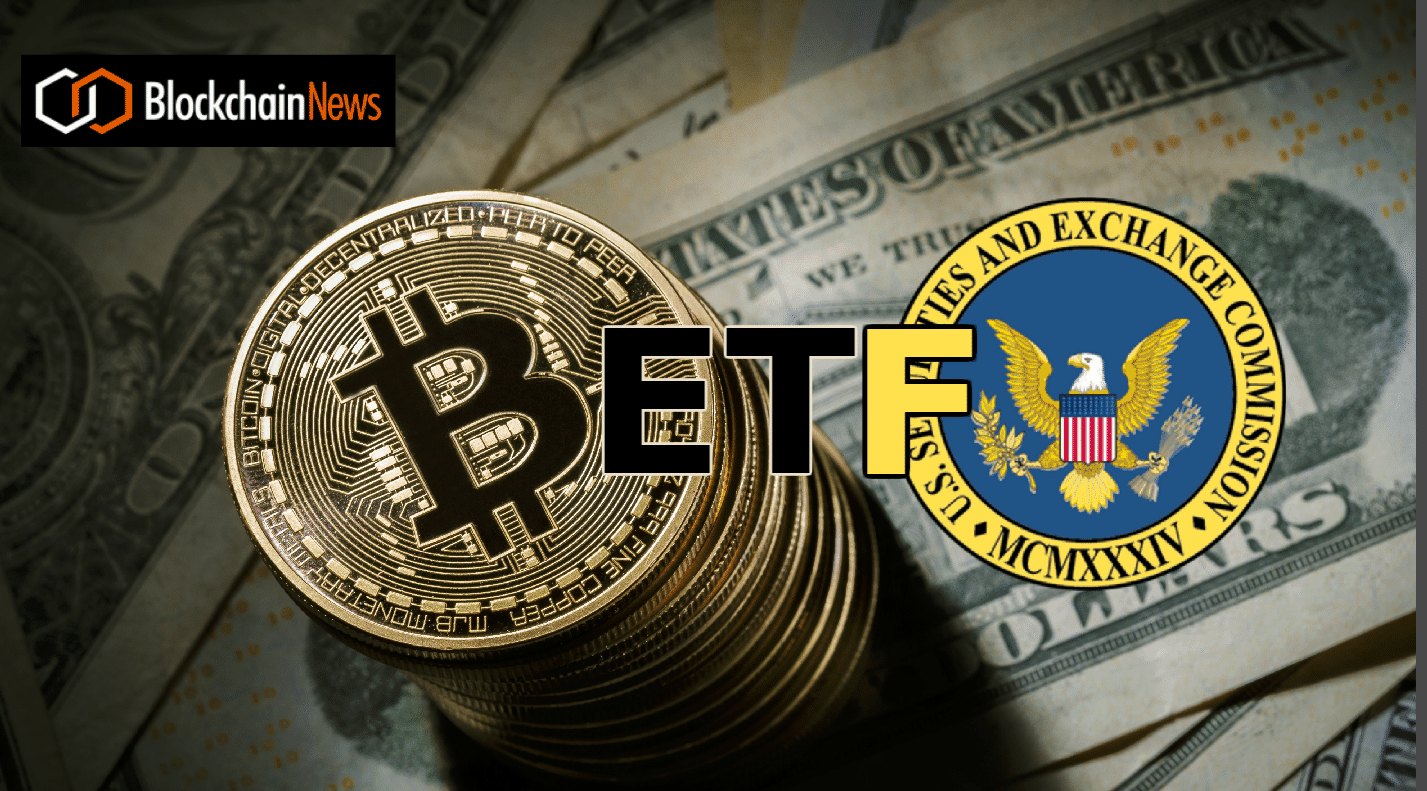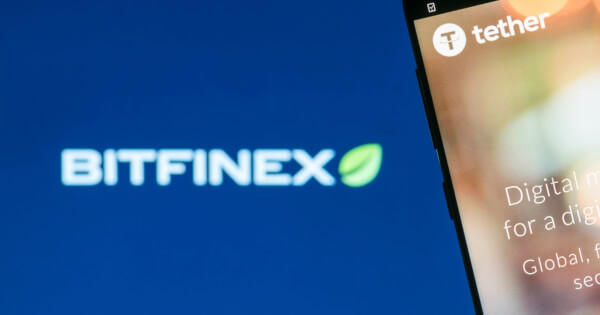Markets await news on inflation and cryptocurrency ETFs – Blockchain News, Opinion, TV & Jobs

Written by Matteo Greco, Research Analyst at Fineqia International, a listed digital asset and fintech investment firm.
Bitcoin (BTC) closed last week at about $25,850, down 0.5% from the previous week’s closing price of $26,000. The market continues to follow the trend of low volume and volatility observed this third quarter. Over the past 11 weeks, the BTC price has fluctuated less than 0.75% for 8 weeks. Looking at BTC’s annual volatility on a 30-day basis, we see low volatility. This remains at one of its all-time lows despite strong fluctuations observed during the second week of August, when BTC prices fell by almost 11%. .
Weekly trading volume on centralized exchanges is at its lowest since the end of 2020, with cumulative weekly trading volume reaching $9 billion. The spot to futures volume ratio has increased slightly over the past few weeks, reaching the same level as in April this year. Low futures volume tends to be correlated with low volatility. The low traffic trend is also reflected in decentralized exchanges (DEXs), as major DEX volumes totaled $22 billion in August, the lowest monthly volume since December 2020.
When analyzing Bitcoin supply, the proportion of long-term holders exceeds 75% of the total supply. Long-term holders are those portions of the Bitcoin supply that have not moved for more than 155 days. Currently, 75.66% of the total supply, or 14.74 million BTC, is held by long-term holders. Short-term holders only hold 2.5 million BTC, the lowest figure since 2011.
Trading activity and market participation tend to be lower in the third quarter. That’s because this quarter includes July and August, which historically have very low trading volumes. Additionally, the continued rate hikes by central banks over the past 18 months have contributed significantly to depleting liquidity in financial markets and suggested a de-risking exercise for investors. This has impacted the entire financial sector, with a greater impact on historically most volatile and risky digital asset markets.
US inflation data for August will be released on September 13. Inflation is expected to rise slightly this year to 3.4% from 3.2% in July. However, the market estimates that there is a 93% probability that there will be no interest rate change at the next Federal Open Market Committee (FOMC) meeting, and no further interest rate hikes are expected before the end of 2023.
The end of interest rate hikes, especially combined with the approval of a Bitcoin spot ETF, could be a major driver to bring new capital into the market and improve liquidity. Investors are showing increasing confidence in the future approval of spot ETFs. Grayscale Bitcoin Trust (GBTC) discount is currently around 17%, the lowest since early 2022. Grayscale Ethereum Trust (ETHE) discount has also decreased significantly, currently sitting at 26.50%, the lowest discount in over 12 years. month. The data regarding ETHE appears to be particularly relevant since Grayscale has not filed for any other trust other than Bitcoin to be converted into an ETF. The significant narrowing of the ETHE discount shows how investors believe not only that approval for a BTC spot ETF is more likely than ever, but that once GBTC converts to an ETF, other trusts will follow suit.


